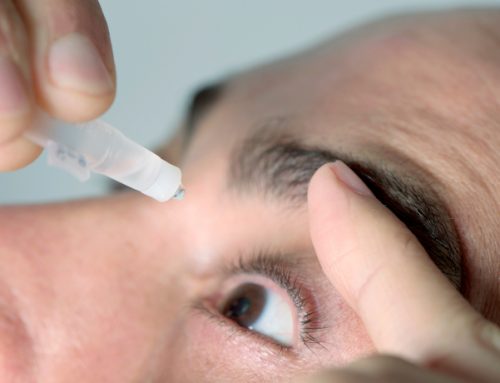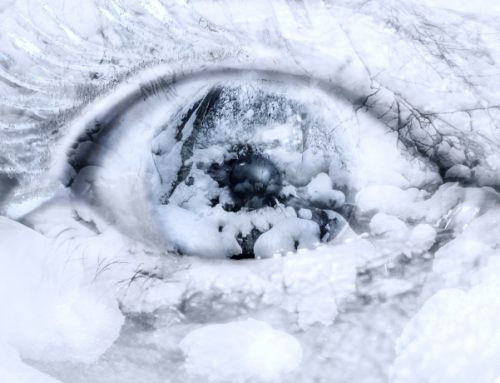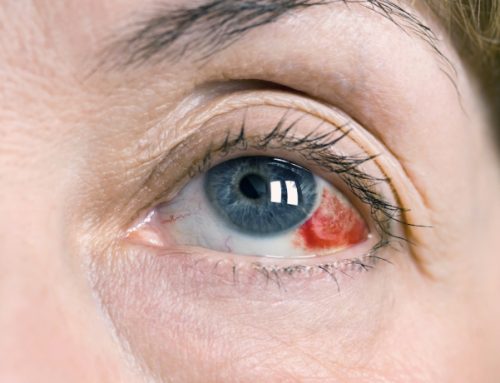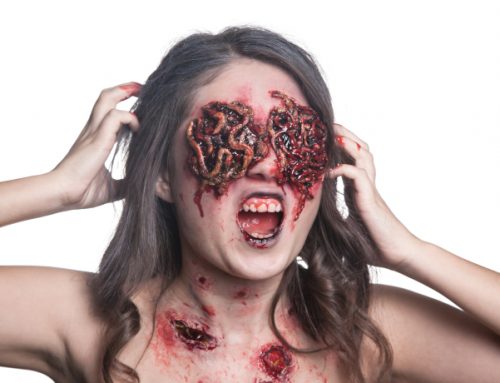On August 21, 2017, we will have the rare opportunity to experience a total solar eclipse. The last time a total solar eclipse was visible across the entire contiguous United States was during the June 8, 1918 eclipse and the next one will not be until April 2024 for the United States. Before you look at the eclipse, please take the time to learn about the dangers to your vision and how to protect your eyes from injury during the eclipse.
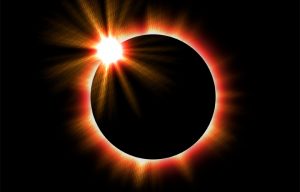 Protect your eyes!
Protect your eyes!
Looking at the sun can cause permanent eye damage, even during an eclipse. Click HERE to read more about the Sun and your Eyes. Therefore, never look directly at the sun during a solar eclipse. Looking directly at the sun can cause permanent damage to your eyes. Solar retinopathy, or short-term damage to the eyes, occurs when too much ultra-violet light has penetrated the retina when a person has stared at the sun for several minutes.
What is a solar eclipse?
A solar eclipse occurs when the moon moves between the sun and the earth. The moon basically blocks the light of the sun from reaching earth and castes a shadow on earth. A total solar eclipse is when the moon completely blocks the sun. The Solar Corona or the sun’s outer atmosphere glows around the moon. A partial solar eclipse is when the moon only blocks part of the sun. Viewing a partial solar eclipse can also expose your eyes to the sun’s rays causing damage to the eye.
What is eclipse blindness?
Eclipse Blindness, also known as retinal burns or solar retinopathy, occurs when you look at the solar eclipse without proper eye protection.This exposure to the sun’s light can cause damage or even destroy cells in the retina that transmit what you see to the brain. The damage can occur without feeling any pain and can be temporary or permanent. The damage may not be immediate and it may not be realized until a few hours to a few days have passed after viewing the solar eclipse.
What are some of the symptoms?
Some of the symptoms may include Loss of central vision (solar retinopathy), distorted vision, and/or altered color vision. If you are experiencing any of these symptoms after viewing the solar eclipse, seek treatment from an eye care professional.
How can you view the eclipse safely?
The best way to view the eclipse safely is with special equipment that will protect your eyes. The only time that you can safely view a solar eclipse without special equipment is during a total solar eclipse. This time occurs when the moon has completely covered the sun. It is not safe to view the partial solar eclipse without the proper safety equipment and techniques. If you do look at the total solar eclipse, do it with caution understanding that it may last a short time. If you are still viewing the total eclipse when the sun starts to come into view again, you may damage your eyes. It is not recommended to view it in the following ways:Smart Phones, Camera Lenses, or Unsafe Filters.
The content on this blog is not intended to be a substitute for professional medical advice, diagnosis, or treatment. Always seek the advice of qualified health providers with questions you may have regarding medical conditions.


